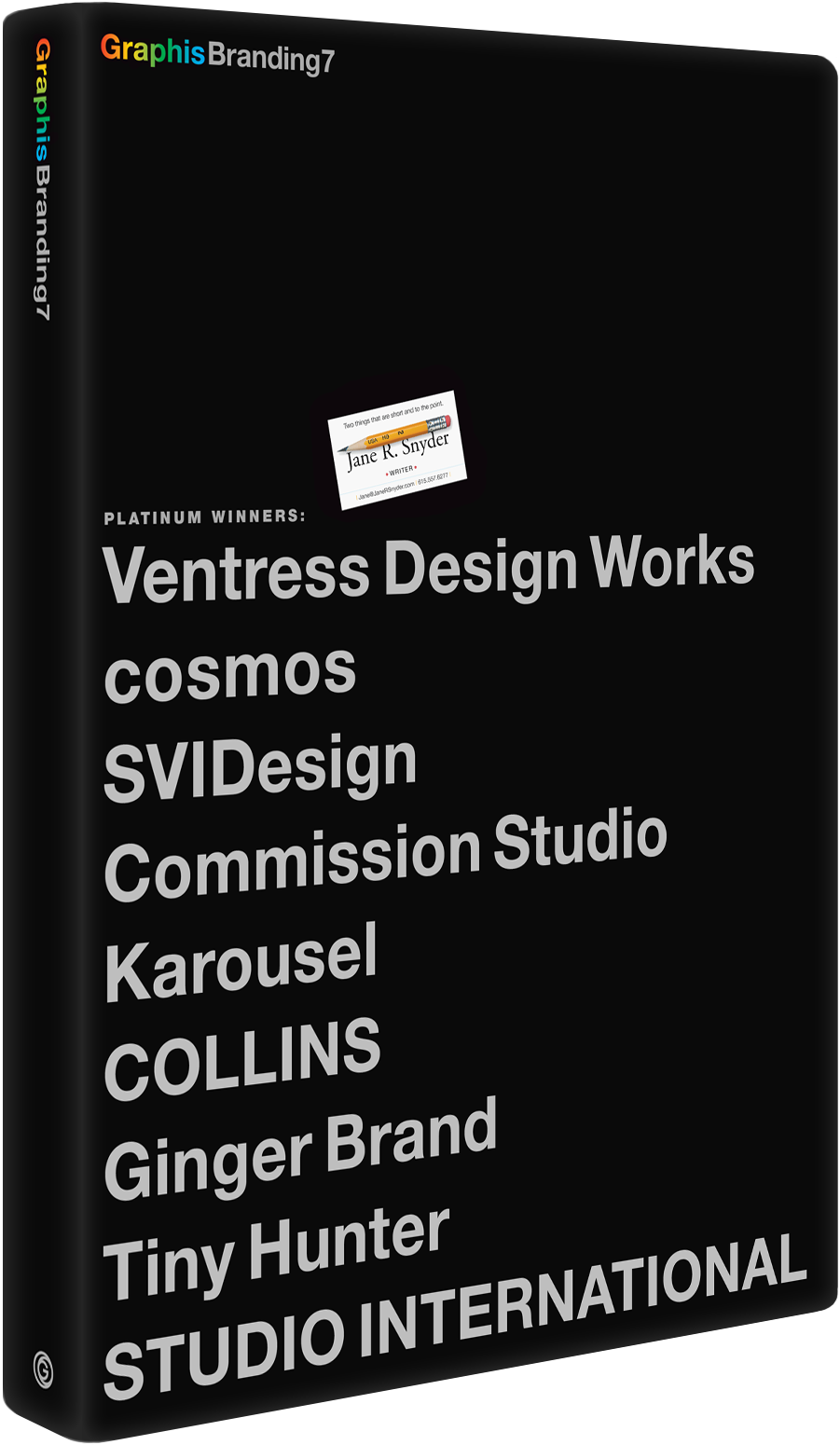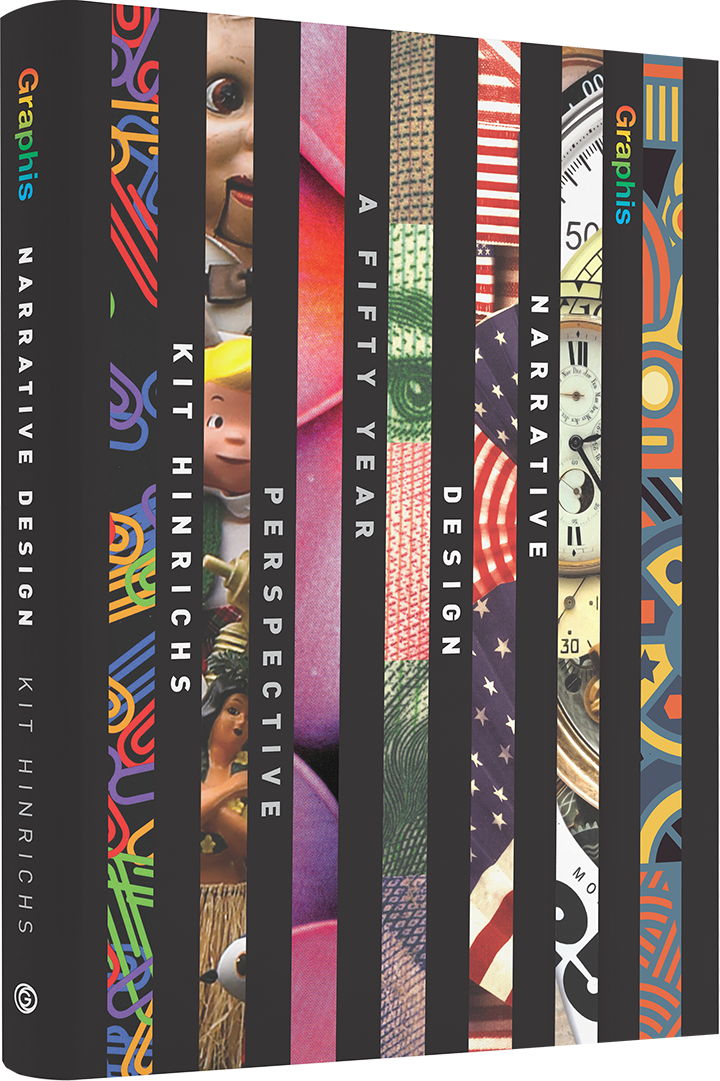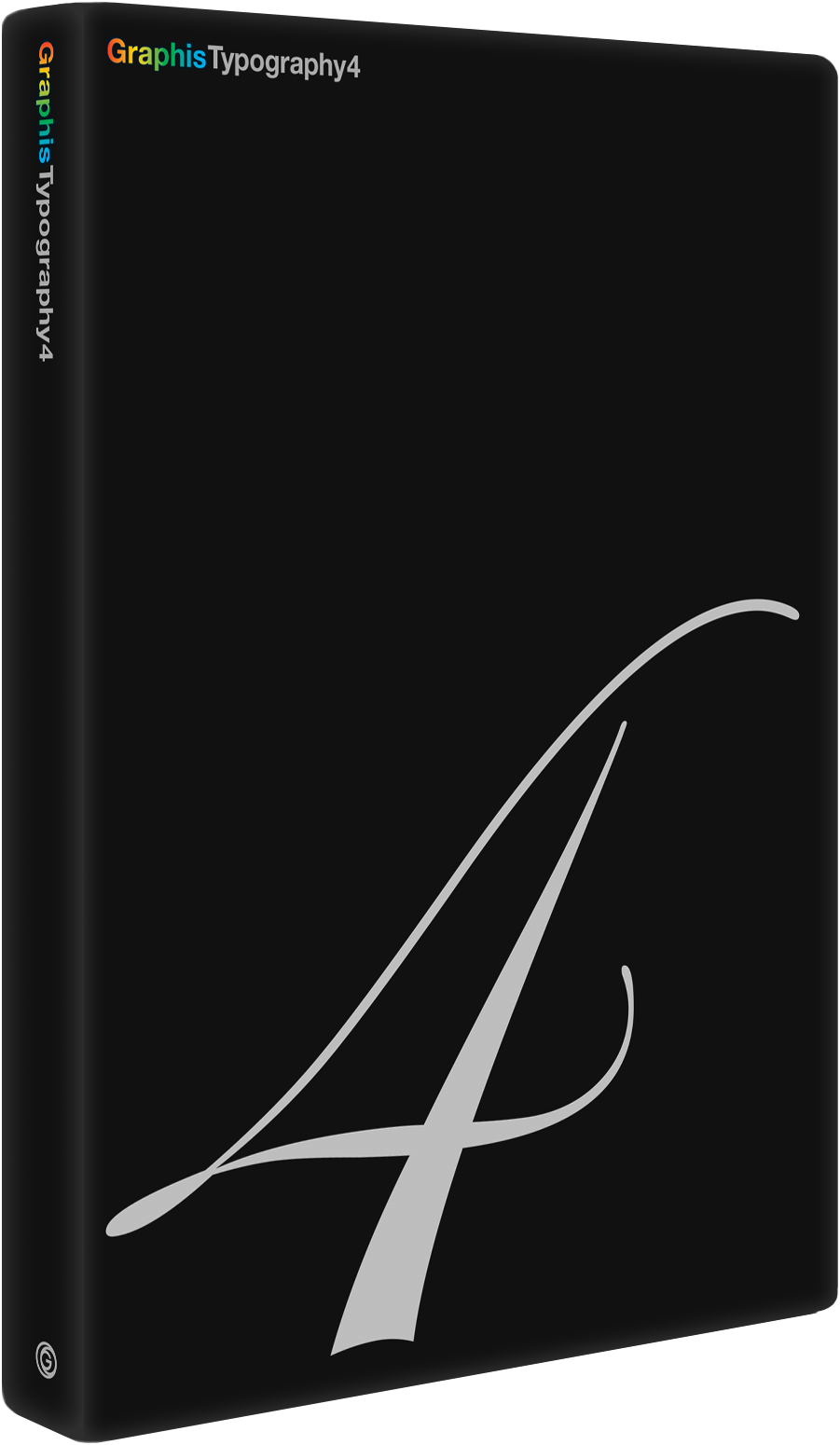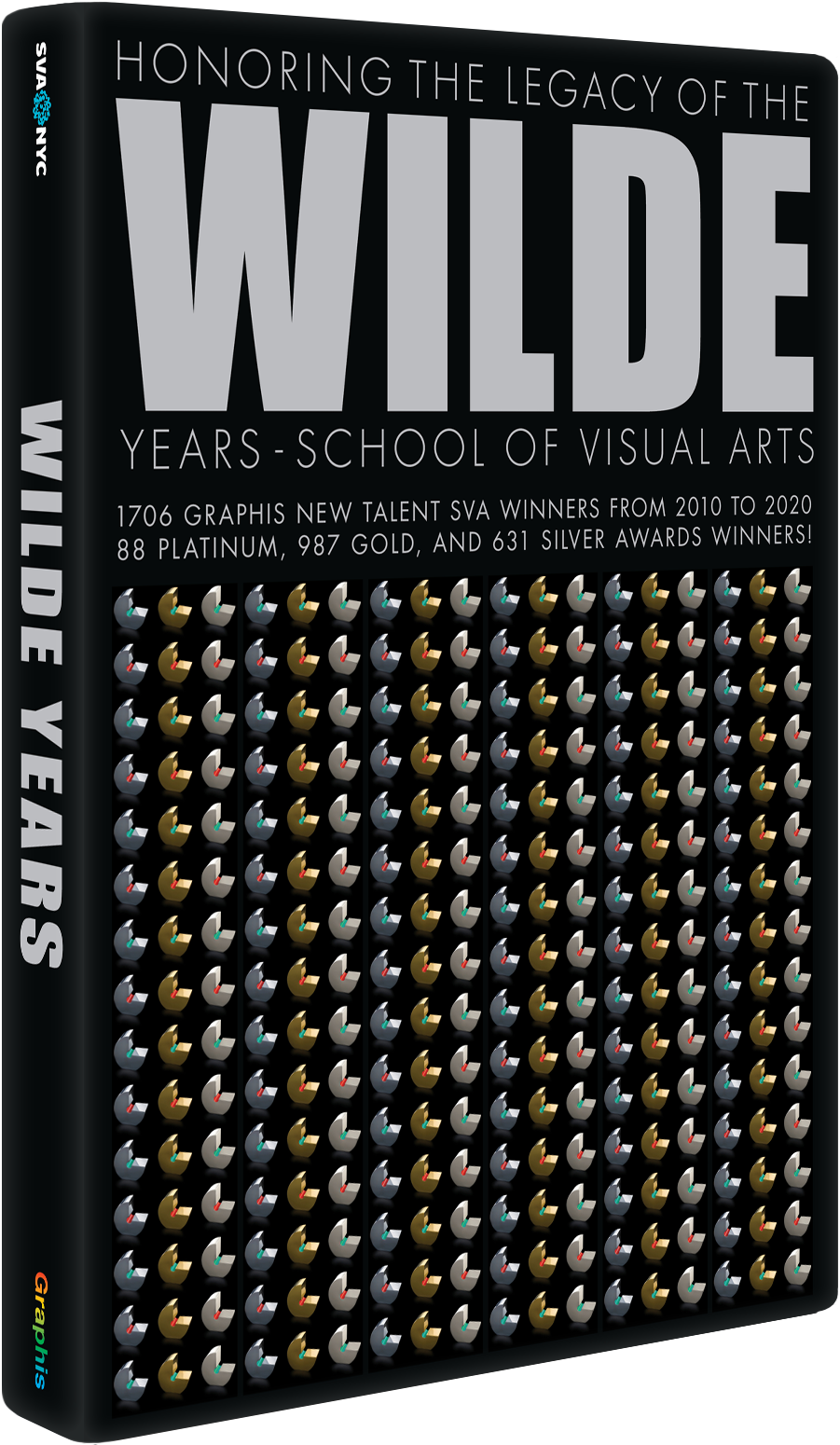Addressing the Statue
Competition:Design Annual 2022
Award:Silver
Design Firm:American Museum of Natural History (In-House)
Client:American Museum of Natural History
Categories:Museum, Print
DesignerAmerican Museum of Natural History (In-House)
Project CoordinatorRon Demetrio
Production ManagerToni Gabor
Photo EditorJosé Ramos
DesignerMolly Magnell
Creative DirectorLauri Halderman
Associate Creative DirectorSasha Nemecek
Country:United States










